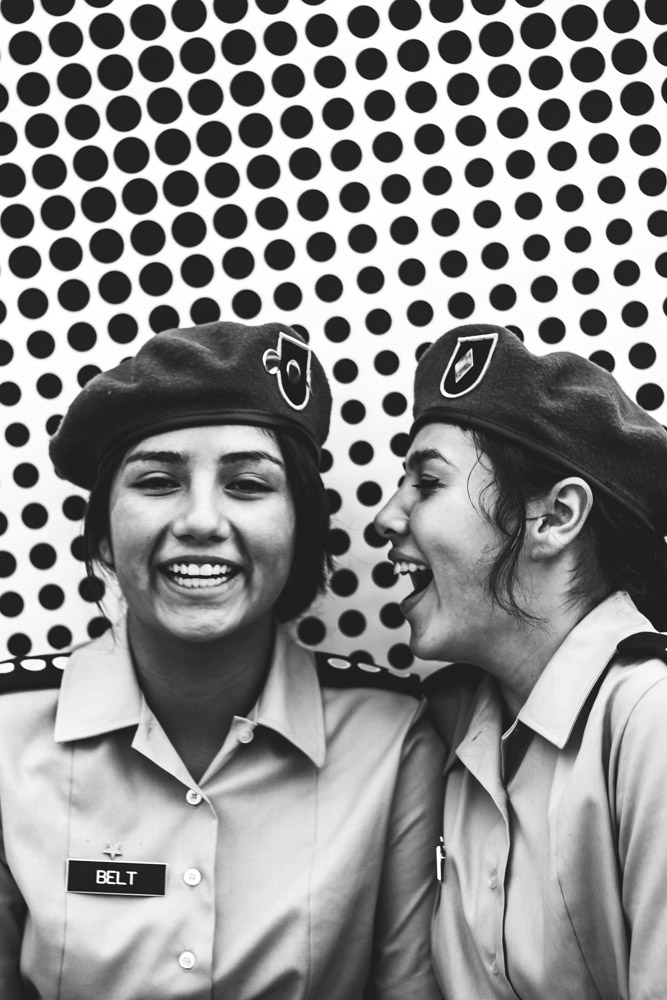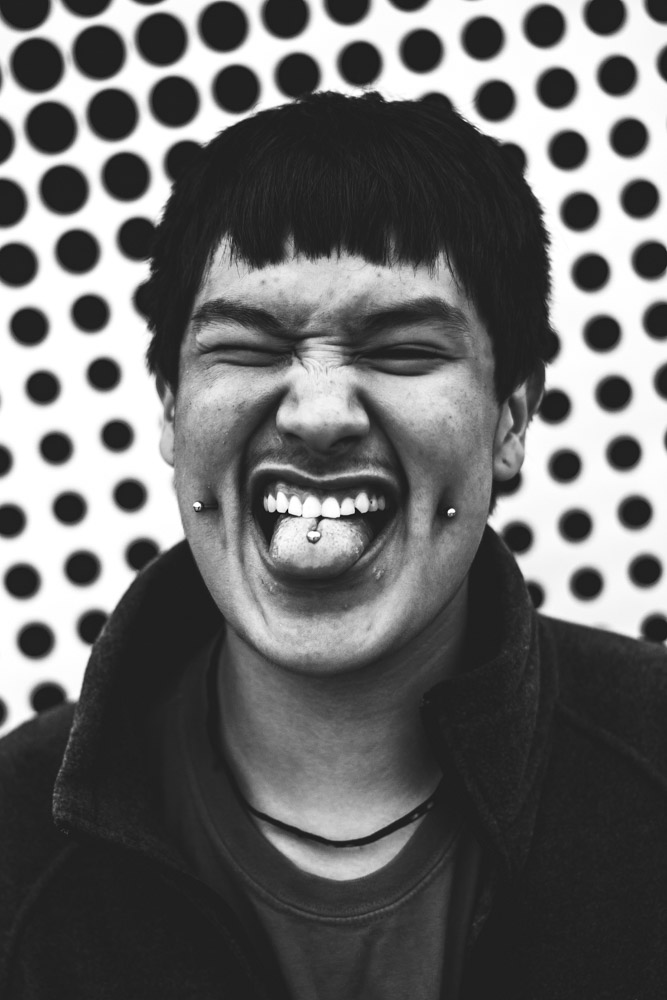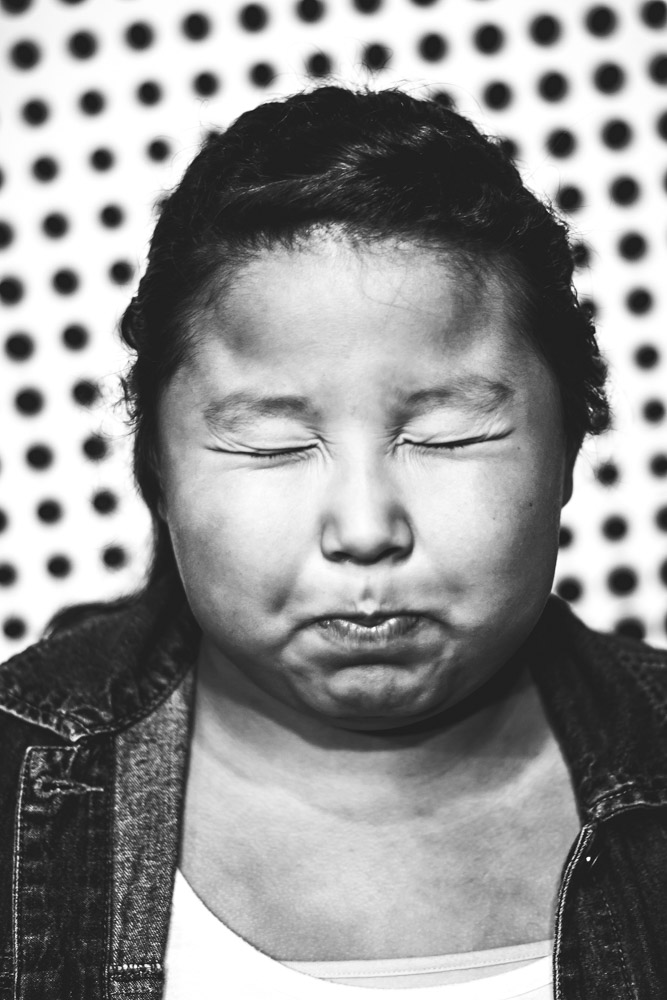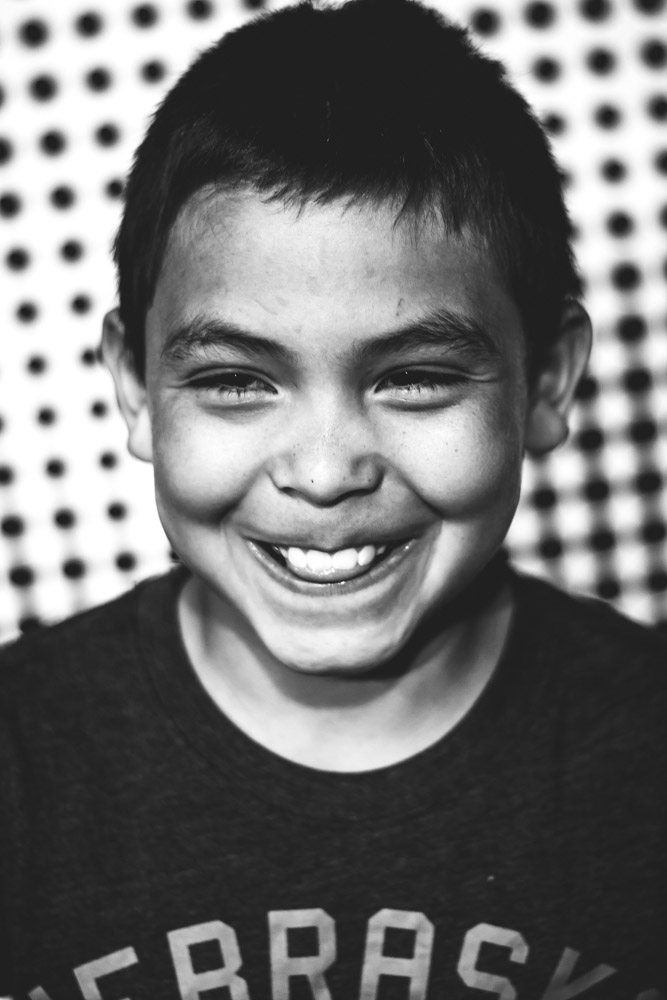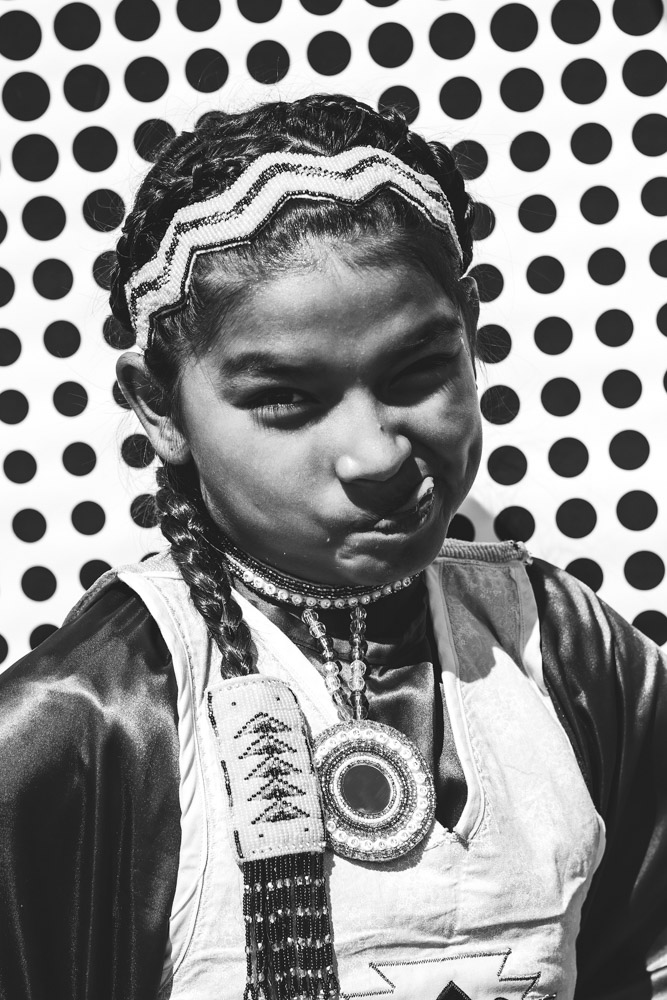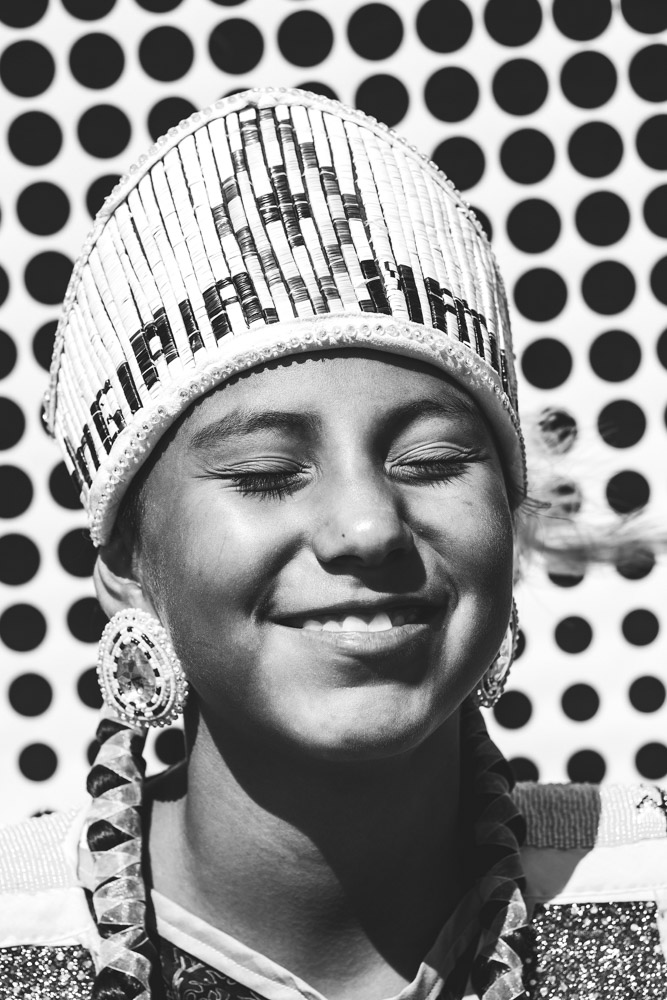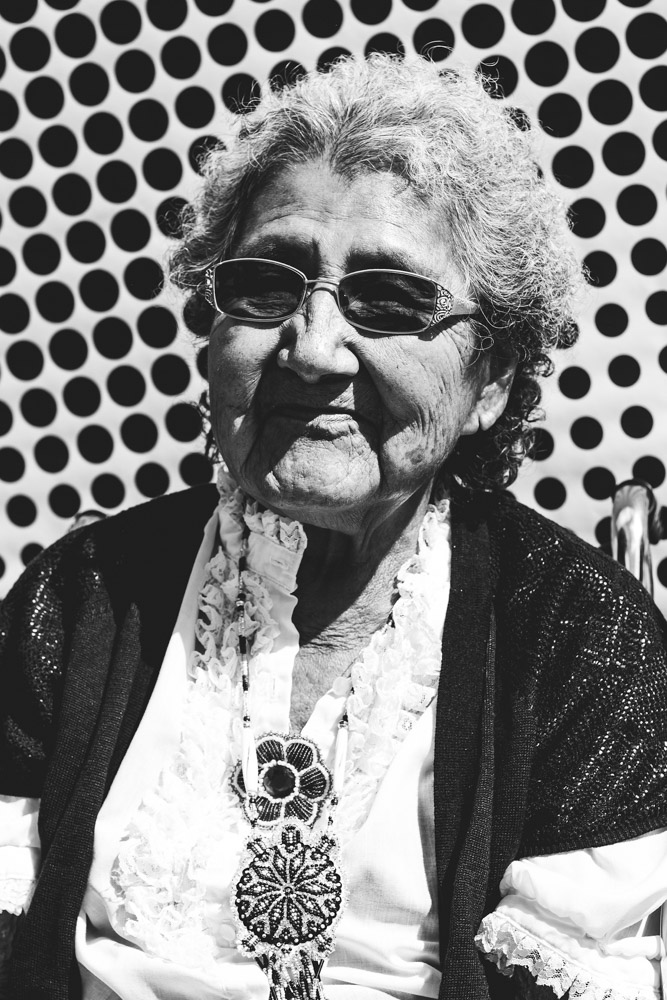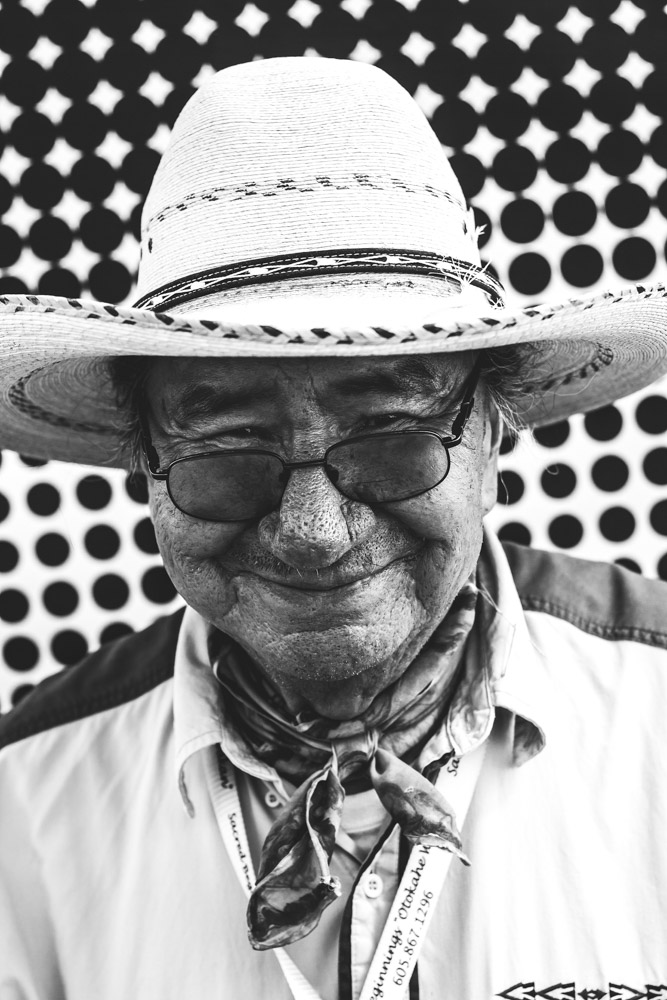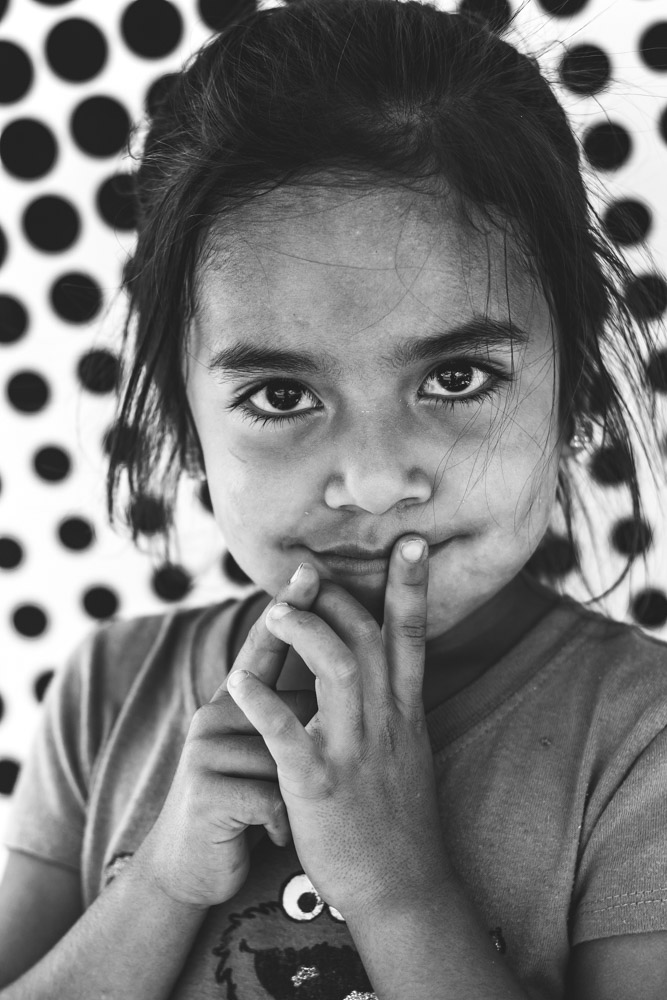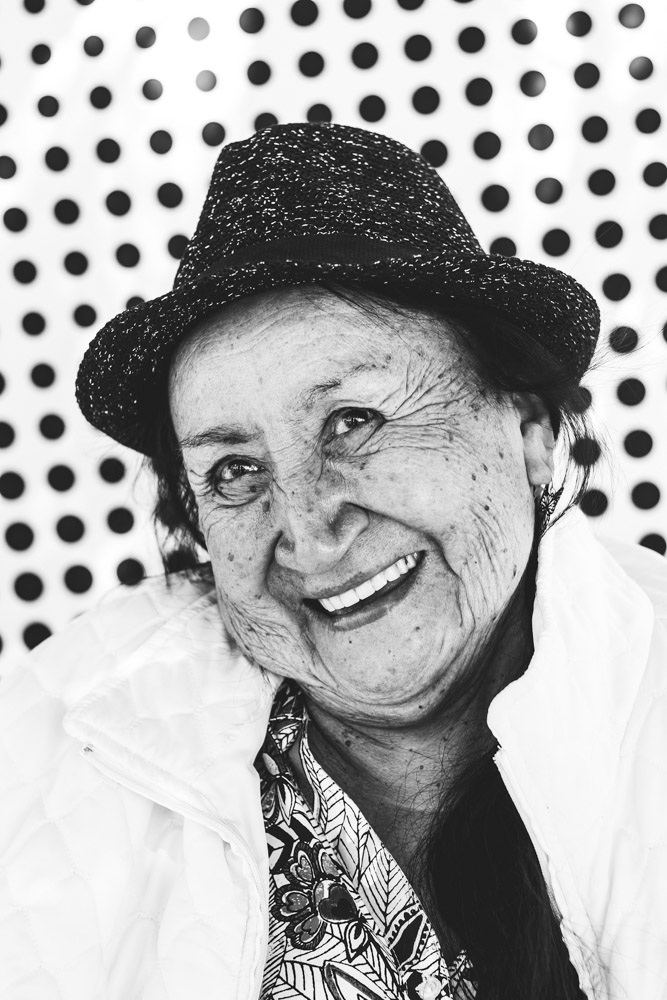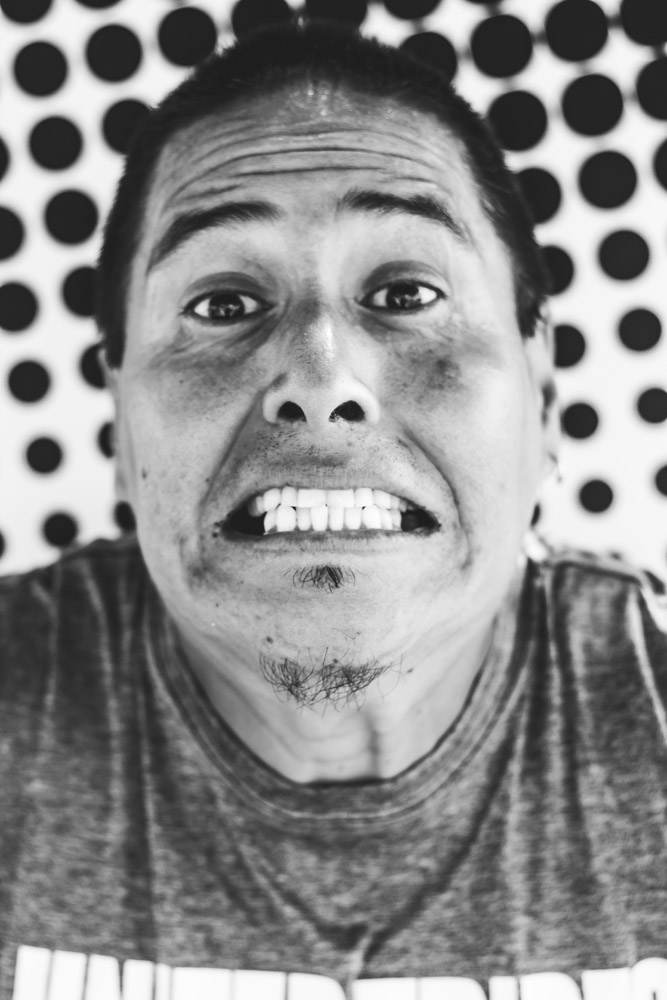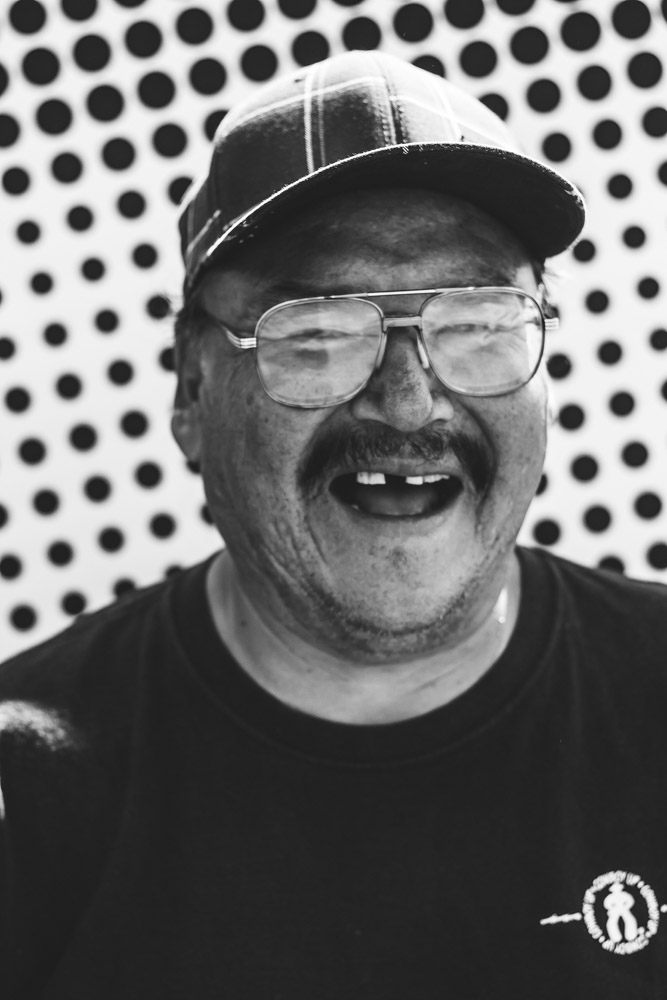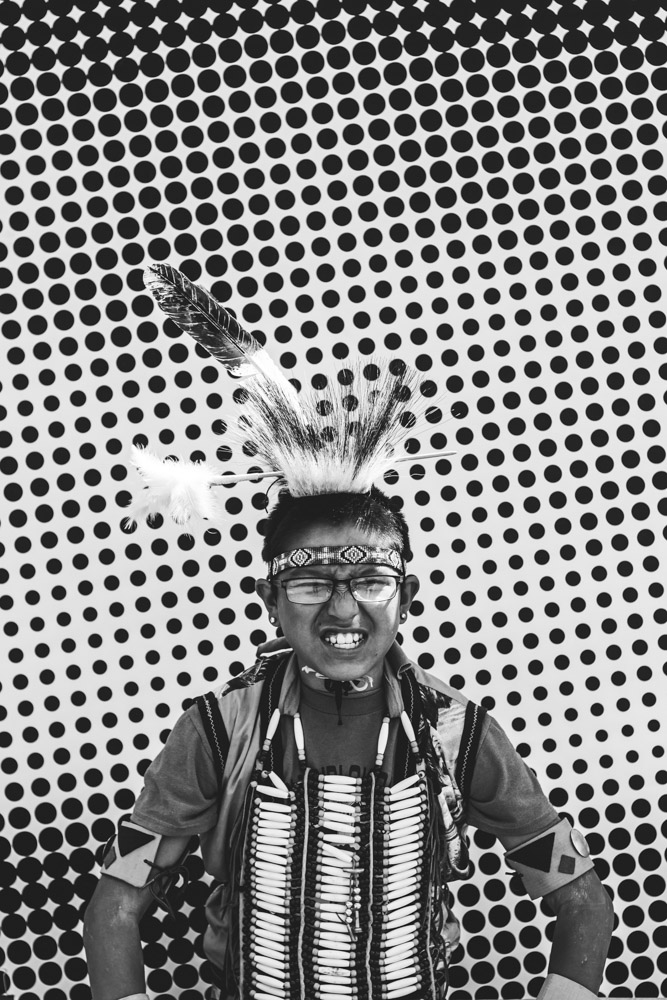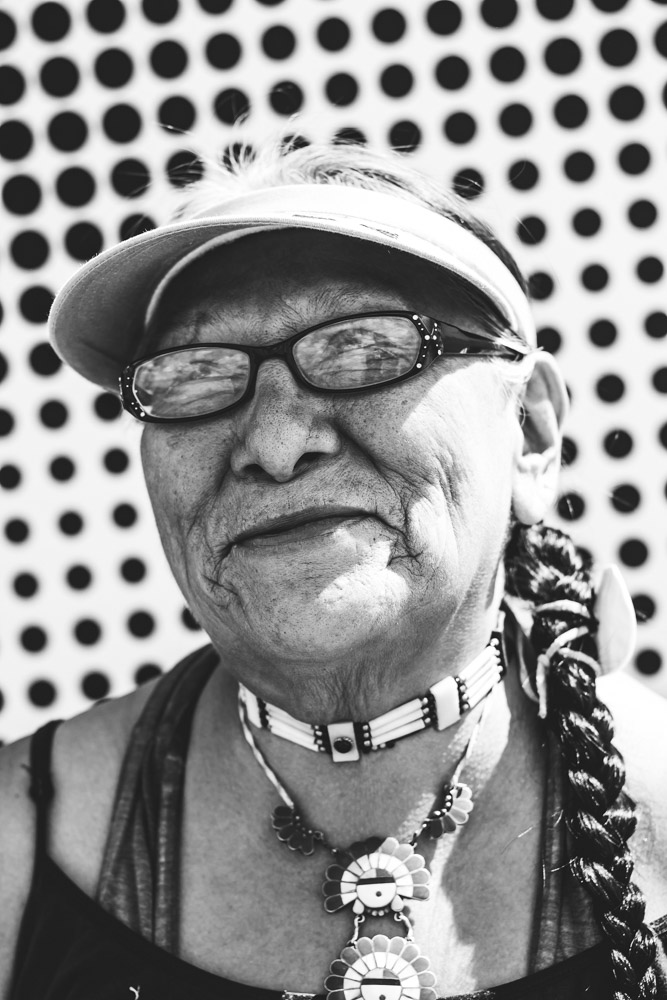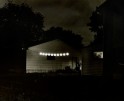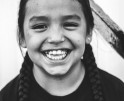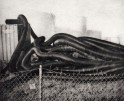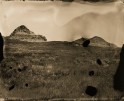Willi White: The States Project: South Dakota
Today, we travel to Pine Ridge, South Dakota to see some photographs by Willi White. I was introduced to Willi’s work by Peter Strong, former director of the Heritage Center at the Red Cloud Indian School in Pine Ridge, who is now creating Racing Magpie gallery and artist space in Rapid City. I am featuring the international INSIDE OUT project in which Willi was asked to participate. The people of his local community had a chance to step in front of the camera and be involved in this positive community oriented project. Willi is a multi-faceted artist who also works in film. I look forward to seeing the future projects of this young, ambitious creative.
Willi White, a member of the Oglala Lakota Nation, was born October 30, 1989, and raised by his mother in a single parent home with his two brothers on the Pine Ridge Indian Reservation. He is a photographer, filmmaker, actor, and entrepreneur. White spent five years studying Theater and Photojournalism at Creighton University in Omaha, Nebraska (2008-2013), and he now resides on the Pine Ridge Reservation as a freelance photographer/filmmaker and Communications Coordinator for Red Cloud Indian School.
White and his life-long best friend Angel White Eyes are currently developing a creative house production company called Indigene Entertainment, founded on the Pine Ridge Reservation, with visions of fostering the growth of Natives in film, theatre, and media. They completed their first short film last October and are submitting to film festivals for the 2015/2016 season.
Inside Out or The Peoples Art Project
Inside Out or The Peoples Art Project was inspired by prolific photographer and TED prizewinner JR.
Myself and Peter Pabon of Spanish Harlem, captured portraits of our respective communities over several days of shooting. The photos were then enlarged onto huge posters and showcased in public installations on both the Pine Ridge Reservation and in Spanish Harlem in New York City as part of a cultural gallery exchange, transforming messages of personal identity into pieces of artistic work.
Inside Out is a global participatory photo program inspired by JR’s wish to change the world by celebrating the individuality of people in different communities. Black-and-white portraits are used to tell the story and are then shared with the public through large prints of approximately 36 inches x 53 inches. Nearly 200,000 people from 112 countries and territories have participated in this groundbreaking event.
What captured me to do this project was the chance to showcase my communities from the inside out. It was an opportunity to work with creatives and collaborators from a different community. Hi-Arts in Spanish Harlem in New York City were incredible to work with and Carlos Mare who helped shape the exhibition of the photographs, both in my community and in New York, was inspiring. It was moving to meet so many of my community members and to share a moment in time with each other. Peter Pabon share his vision with my community and we had this cultural exchange of portraits that we blended as we wheat pasted them to building walls in rural South Dakota and in one of the larges metropolis in the country.
When did you start taking photographs?
I was a freshman in college. That’s was when I started taking it seriously. But before that, I took a crazy amount of snapshots in high school.
How were you chosen to participate in the Inside Out Project?
I was connected through First Peoples Fund in Rapid City. They sent me an email and asked me if I would be interested in participating in this project with Hi-Arts in New York City. I immediately said yes and from there began working with a great team from Hi-Arts and The Heritage at Red Cloud Indian School. Carlos Mare was spearheading the project and he flew out to the reservation and we hit the ground running.
Tell me about the process of getting subjects gathered to photograph for the Inside / Out project – how did you get the word out – where did you set up – It looks like you got a good turnout . What was the setup?
It was through the tremendous help of The Heritage Center. They were a partner in the project and together we brainstormed how we would gather community members. We decided to hold a day of shooting at The Center and then we took it out into the community. We went to a local football game, a district powwow, and a district convenience store and just asked people if they wanted to be a part of the project. We gave them the elevator pitch and from there we just did it. I had a camera and we had the backdrop that was it — it was very mobile. The project was about showcasing what was on the inside and we put a lot of emphasis on capturing light-hearted, silly expressions
I really like the project, as it is so positive. With a real sense of community. I see many outside photographers come in and only photograph and really play up the negative on reservation communities. Not saying that one should deny or hide any problems or not face reality in any community – but I feel like those projects don’t support the positive things going on in communities – and the families and people working with their communities for good. Are you proud to be behind such a positive project? What are your feelings on that?
I am absolutely proud of this project. It was an amazing opportunity to go out into the community and capture people, people as I have always seen them. Because I grew up on the reservation, I don’t see it the same way others from the outside do. I don’t see the stuff that is constantly the narrative of popular media. I meet these outside storytellers and they are all fascinated by the “wild” nature of an environment they’ve never seen before. They are captivated by the rough edges and it becomes romantic to them. The poverty and the stories of people struggling become romantic and “beautiful”. It’s so bizarre to me. I feel very vulnerable in those situations when I meet people from the outside who are just enthralled with the poverty aesthetic. I get that it’s there and it’s a part of daily life. I get that people are seriously struggling. But to exploit it because it makes a “beautiful” story, is tough to deal with. When it comes down to it, it’s about intention. If there is a good reason to focus the lens just on the rough edges and the people behind the lens want to educate and immersed themselves in the culture and the people, then I can be for it. Otherwise, if the attitude is just about showing the struggle because it’s dramatic and it’s going to get views and likes… I don’t want to be a part of that.
Was it easy to get people involved and to get the crew together to hang the project? Did you have an “opening’ or unveiling party?
It was easy to get people involved. This project was so fresh to us, that it was just an excuse to experience it. The Heritage Center staff played a massive roll in hanging the piece. In addition we had help from Red Cloud high school students who were involved in prepping and hanging the photos, it was incredible. It was all so run and gun gorilla style. There was no unveiling for the exhibit at The Heritage Center in Pine Ridge. But in NYC, the gallery at Hi-Arts did have an opening with press. I think it was just the difference in cultures — rural and city.
What are your goals with your photography and film making. How do you see your film company Indigene Entertainment affecting your community? Do you see your future more in film?
Film is my first love and I will always seek out ways to nurture this part of me. I want to give so much back to my community and the indigenous film world. I’m making plans around Indigene being at the center of those plans, not at The Heritage Center.
I just want to continue to grow and learn. With that growth, I know opportunities will come. I love portrait photography and I’ve always wanted to do work for big publishers and fashion magazines. I took a break recently from making art. I work full-time as a communications coordinator at Red Cloud Indian School and I’ve purposely become immersed in the work. I also sponsor an after school program for theatre at the school, so my time has been made limited to do other things. But I’m slowly getting back into and I’m excited to get moving on a few film projects that I am aiming to really push into venues like Sundance.
I’ve always saw my future in film. I love to act and perform too. In college I studied theatre and fell in love with dancing, particularly ballet. So I’ve come to a point where I don’t necessarily definite myself by one occupation. I simply think of myself as a storyteller. I love this world of storytelling no matter what medium it’s told in. If i’m feeling it I will do it — because life is truly want you make of it.
Posts on Lenscratch may not be reproduced without the permission of the Lenscratch staff and the photographer.
Recommended
-
John Banasiak: The States Project: South DakotaFebruary 28th, 2016
-
Willi White: The States Project: South DakotaFebruary 27th, 2016
-
Alice Bailey: The States Project: South DakotaFebruary 26th, 2016
-
Bob Newland: The States Project: South DakotaFebruary 25th, 2016
-
Aaron C. Packard: The States Project: South DakotaFebruary 24th, 2016




